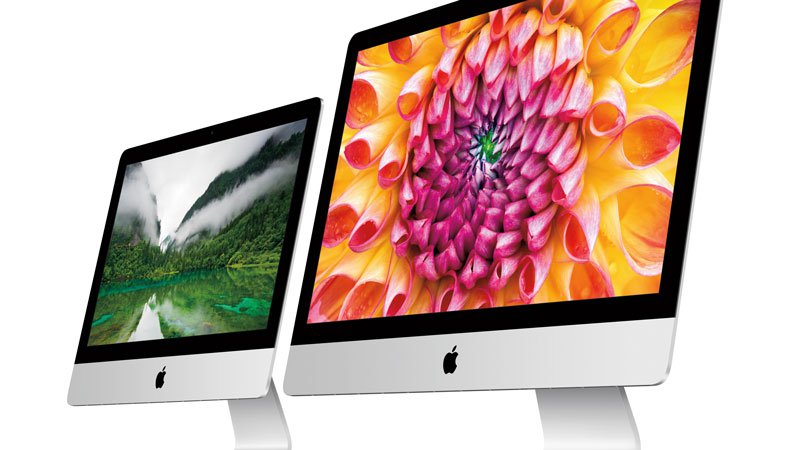This is a good question asked about any application for photo processing. Photo editing/proofing/sharing and collaboration platforms or any online proofing system for graphic designers should be easy and useful. Despite a skeptic though that there is no practical use of web-based online proofing, there are numerous evidence from the real customers who find such tool extremely useful for workflow management and quality control of freelance design and photography specialists’ work.

What’s online proofing system for photographers for?
Free online proofing system allows the users a range of functions that cannot be obtained from ordinary editors or simple file sharing platforms and so on. They are specific directories for special needs in design, photography, and advertising.
- Of course, you need to shoot so that never to use the photo processing, or at least minimize it. But in modern photography, it’s hardly possible to achieve perfection from the first shoot, maybe with a few exceptions.
For example, when you picture “on the way” (and this often happens on trips, when time and space are limited), and you do not always have the opportunity to carefully set the composition, you need post production. When you take pictures of architecture, they will be accomplished vertically nearly all the time. That’s why you will be either proofed or edited.
- Almost any lens gives chromatic aberration (in which the contrasting areas on the picture appear to be colored halos) and distortion (barrel and cushion). And then, the picture will have a more distorting image quality.
To, remove these things are possible only in the graphical editor or using an online print proofing system.
- Sometimes there’s the dust on the matrix or the lens, or a fly turned to an ugly blurred spot, etc.
What about skin defects on the face: redness, pimples, sharp wrinkles that deliver a lot of distress to the portrait owners. Sometimes, the best shot is spoiled by an unnecessary detail: wire, graffiti, trash bin on the ground, etc. Of course, such things are best removed in the graphical editor. You sometimes need to retouch photos before releasing the project.
- When you upload your photos to the Internet, especially on blogs, then you must reduce the size and weight of the photos to a page for fast shipping.
Only online pdf proofing system will allow you to load initially sized photos and design pieces or store their best quality after the reduction. Furthermore, most pictures are stored in a home computing system, or an external drive in full. So why not enjoy the bright pictures after the proof?

How to use best online proofing system?
Though, each online photo proofing system positions itself as an ultimately professional web site, the beginners can learn techniques used by professionals too, and not only to improve the look of their photos but also, to find worthy buyers for them.
The portrait is probably one of the most popular genres in photography. Anyone who wants to be a keen photographer takes portraits. So, during the processing of portraits, they may often come out worse than you expected. The percentage of high quality processed portraits is very low, which can easily upset their owners. It’s needless to explain how to process portrait photography in Photoshop. To be more precise, it’s better to explain how useful proofing of portraits can be:

How to start
The first thing you need to do is to conduct a total examination of your pictures. Start photo processing from a development analysis and the photography work plan. As a general rule, while opening the image processor, the majority of photographers immediately take a look at the face, eyes, skin defects and thus pay no or little attention to the big picture.
Begin analysis by examining the photos as a whole. To accustom yourself to this, reduce the picture zoom so that the parts are not readable and cannot distract you.
What should you pay attention to while studying the photo:
- Whether the image is balanced (tone and color)?
- How the contours of the figures and clothes look like?
- Does the body proportions are retained, and whether there is deformation?
- Correctly chosen lighting and exposure?
- Is the image focused?
- Are there any defects in the background?
After that, you can carry out a detailed examination of photographs and mark the following basic questions for yourself:
- Should I remove the dust from the photo?
- What kind of skin and body defects must be removed?
- Do I need a make-up processing?
- Do I need to adjust the shape of the body?
- Do I need to adjust the lips and other facial features?
Everyone may develop its algorithm of proofing works, which will be even better since many men many minds.
Do not forget a tip: scroll magazines, study the classics, graphic design and not only photos but the fine arts in general. This will contribute to your overall development as a photographer/proofer/retoucher/editor.
Welcome with your suggestions, feel free to leave your comments.

